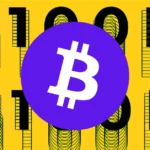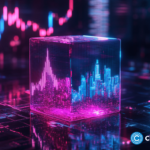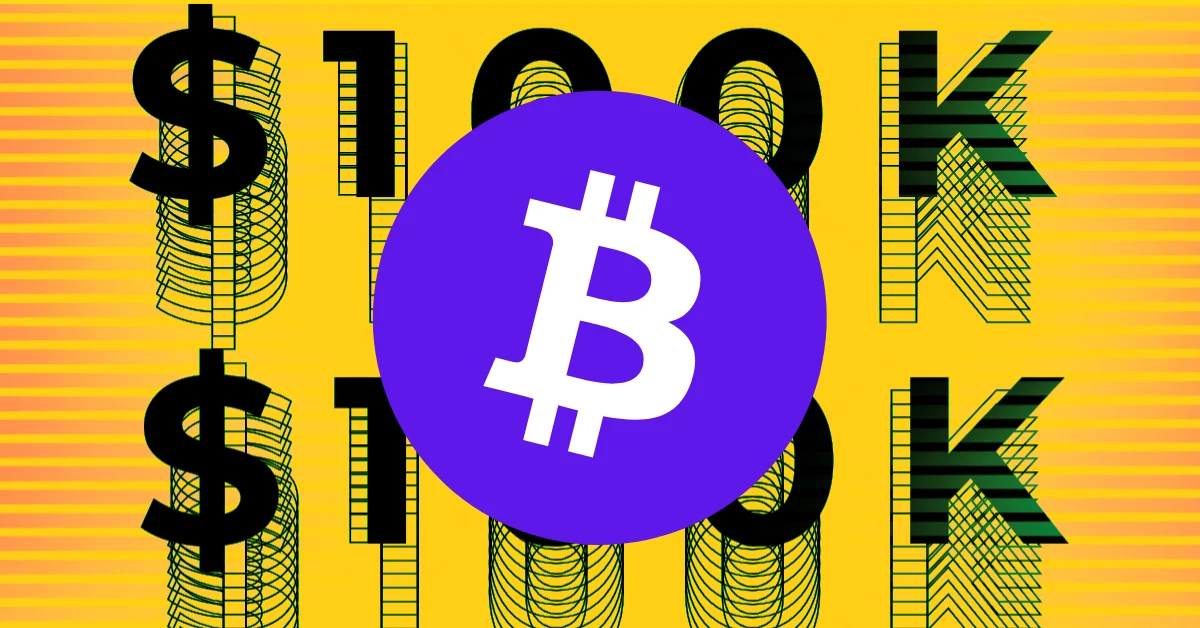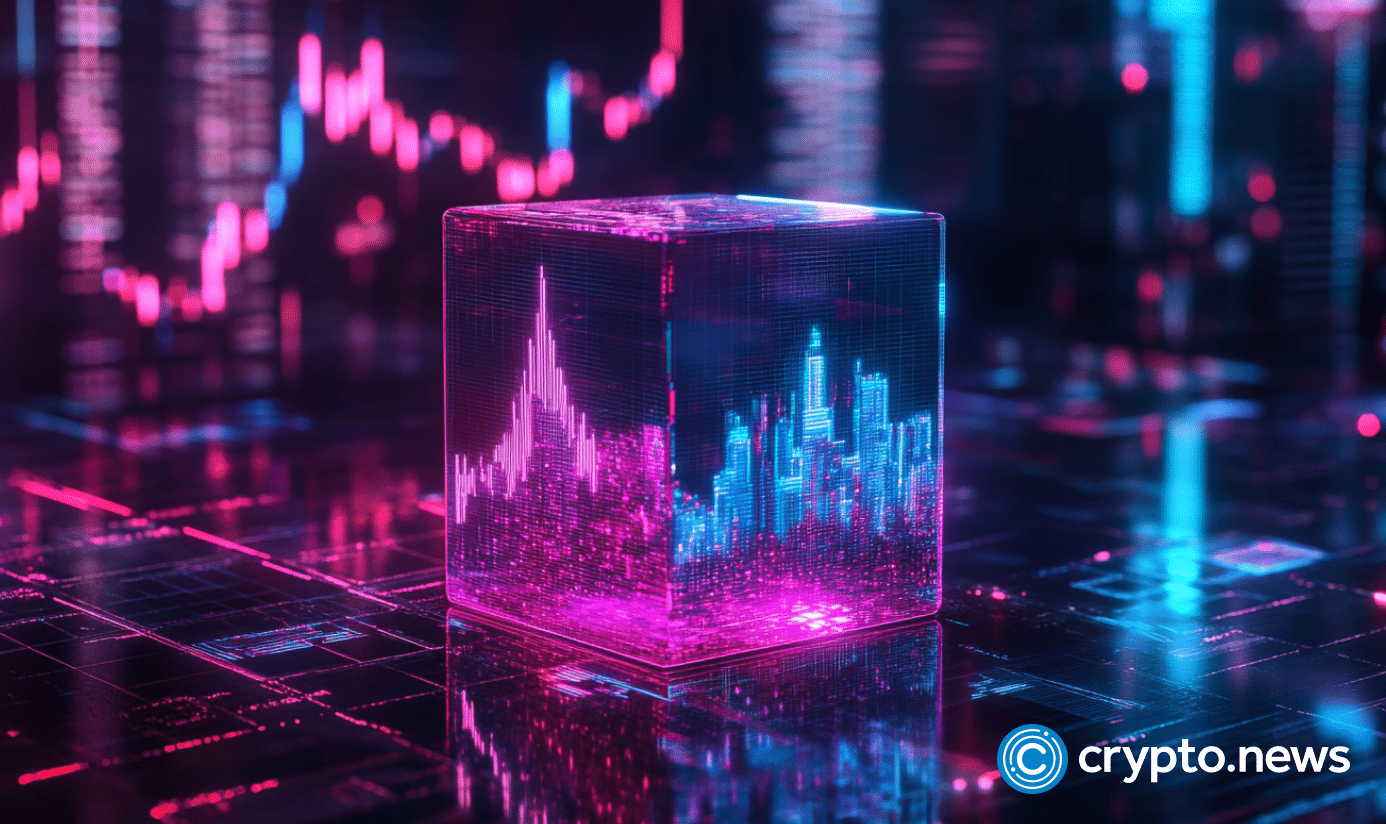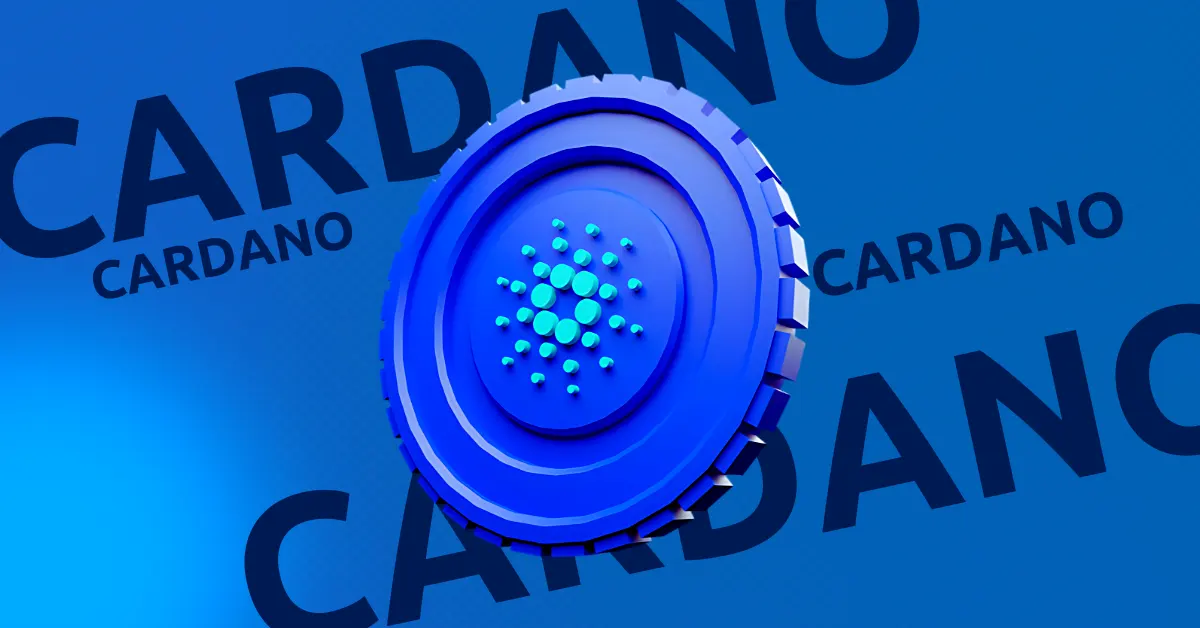Grayscale Research has published Q4’s top 20 cryptocurrencies list, which includes six new entrants. The latest integrations are Sui, Bittensor, Optimism, Celo, Helium, and UMA Protocol. These assets were selected because of their potential to grow and because they fit essential trends in the crypto space.
Here are the new themes in Grayscale’s updated list, which include decentralized AI and high-performance computing infrastructure. The research team concluded that these assets can generate the much-required growth and high risk-adjusted returns. This report is divided into three sections: network adoption, token valuation, and events to watch.
Grayscale underlines the key factors that make investing in cryptocurrencies risky, including high volatility and issues with regulation. Nevertheless, the team considers the identified assets potentially attractive for the next quarter.
Grayscale Adds Sui, Bittensor to Investment List
The two most recent additions to the list are Sui and Bittensor, whose recognizance is primarily based on technical advancements. Sui has also seen its transaction speed rise by 80% after a network upgrade, while Bittensor is working to combine AI and blockchain technology.
Grayscale has launched trust products for both Sui and Bittensor, which indicates the firm’s belief in their future development. Helium and Optimism also deserve special attention as they have also contributed to decentralized networks.
Helium is infamous for its decentralized physical infrastructure, while Optimism improves Ethereum layer 2 scaling. These are important elements of the future of decentralized infrastructure.
The last two new entries are Celo and UMA Protocol. Celo recently shifted to the Ethereum L2 layer and is being noticed for its increasing usage. The UMA Protocol is especially important in blockchain predictive markets, mainly due to its backing to the Polymarket platform. These assets correspond with Grayscale’s approach based on specific adoption patterns and DAOs for AI.
Grayscale Retains Focus on Bitcoin, Ethereum, Solana
Grayscale is still focusing on traditional assets such as Bitcoin, Ethereum, and Solana, which still dominate its portfolio. Bitcoin has done well this year due to the introduction of US spot Bitcoin ETFs and a favorable macro environment.
Despite the competition from other blockchains, such as Solana, Ethereum continues to rule the market because of the developers’ support and network effects. Given its robust legal framework and reputation as one of the most reliable platforms in the innovative contract platform niche,
Ethereum is a crucial player in the industry. Even as Bitcoin underperforms, Ethereum remains ahead of most other cryptocurrencies, driven partly by strong developer interest. Grayscale has explained that Ethereum’s security model, the network’s decentralization, and the fees received will be key to its growth.
In contrast, the research team removed six tokens from the top 20 list: Render, Mantle, THORChain, Pendle, Illuvium, Raydium, and other projects. These assets are valuable within the broader ecosystem, but the modified list presents even better value concerning risk in Q4. Grayscale believes the newly added assets will be well-positioned to seize key market opportunities.
Crypto Investments Hold High Potential for Gain
The revised list also emphasizes decentralized AI and conventional asset tokenization. Grayscale identifies these sectors as the key frontiers that will drive the next cycle of innovation in the crypto ecosystem. According to the team, the included assets will benefit from these trends, especially the growing adoption of blockchain.
Grayscale’s current approach incorporates several factors, the most important of which are network growth, token supply, and upcoming market events. The research team, however, insists that though cryptocurrencies are risky investments, they present a high potential for gain. Adding these new altcoins is consistent with Grayscale’s view on further developing decentralized networks.

